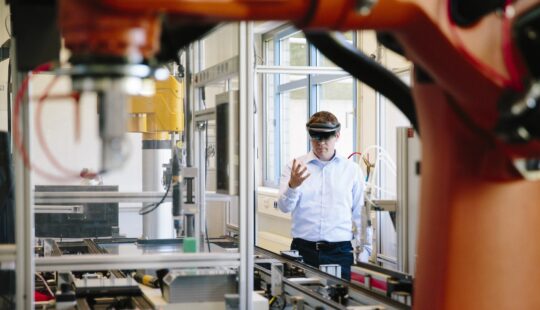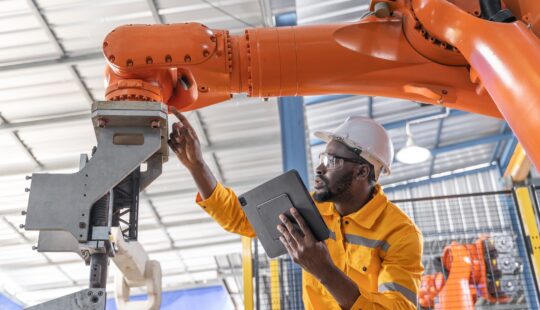What’s News
The U.S. House of Representatives on Thursday passed a $280 billion bill designed to boost U.S. semiconductor manufacturing and competitiveness with China. Most of a $52.7 billion chunk of the legislation, called The Chips and Science Act of 2022, will go to subsidize the construction or expansion of U.S. semiconductor manufacturing facilities. The Senate approved the bill on Wednesday. The legislation now goes to the president, who is expected to sign it. Several companies, including Intel Corp. as well as two Taiwanese chip makers, said they would build plants in the U.S. if the legislation passed.
SAP’s Take
But how much can $52.7 billion impact the U.S. demand for semiconductors? Not much.
“It’s a start,” said Mike Lackey, SAP global vice president of digital manufacturing. Five years ago, a semiconductor fabrication plant, also known as a fab, cost about $3 to $4 billion to build. About two years ago, the price tag jumped to $9.3 billion.
“So, what does $50 billion give you?” Lackey posed. Even if the chip makers are subsidized by 50%, that’s only about 10 facilities. “To get a fab up and running it probably takes four years, if you started from the ground up,” he said.
Meanwhile, demand for semiconductors used in everything from washers to television, phones, computers and cars is growing fast.
Last year, global chip sales grew to $556 billion, according to the Semiconductor Industry Association. McKinsey & Co. expects that figure could rise to $1 trillion per year.
Three industries — cars, computing and wireless — are expected to drive 70% of that growth, the McKinsey study said. In fact, carmakers alone may account for as much of 20% of that growth.
One weakness in the bill is that it doesn’t address capital equipment — the expensive and complex machinery that goes into a fab — nor does it address inherent weaknesses in the supply chain for that gear, Lackey said.
The challenges stem not only from simply building a fab but in obtaining the right equipment inside it. ASML Holdings of the Netherlands is the world’s top provider of chip-making equipment. California-based Lam Research is another. Prices for their gear can range from $700,000 to $400 million for a standard piece. A typical fab has anywhere from three to six pieces of equipment, Lackey said. At the end of the process is the testing equipment, another costly process.
“What about all their suppliers that provide the equipment?” Lackey asked. “The to ramp up for this new volume.”
So, it’s not just $52 billion to build new fabs.
“Anything we do, even if it’s just five more fabs that we build, we’re better off than we were,” Lackey said. “Given the way the government works, it’s looking only at building the plants and getting them up and running, and not investing in the whole supply chain.”
Contact:
laina Jonas, Senior Director of Global Public Relations, SAP
+1 (646) 923-2834, ilaina.jonas@sap.com



